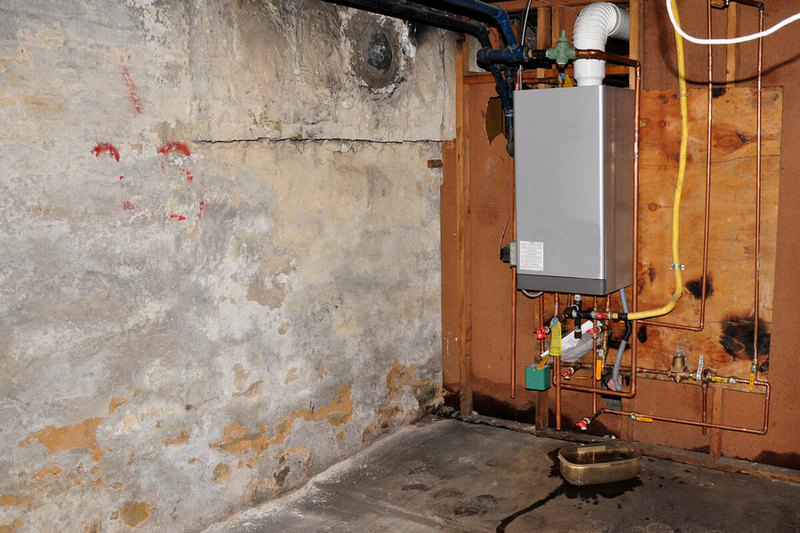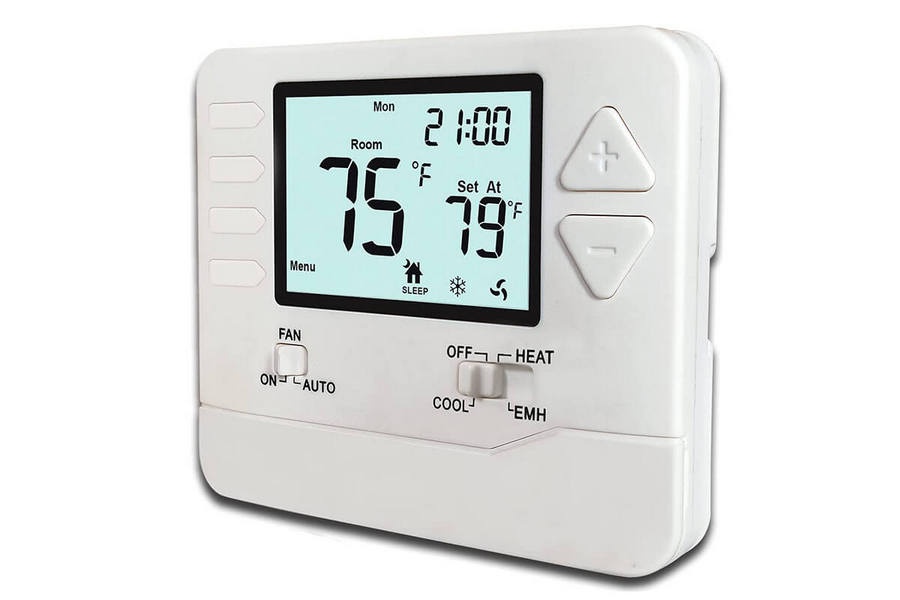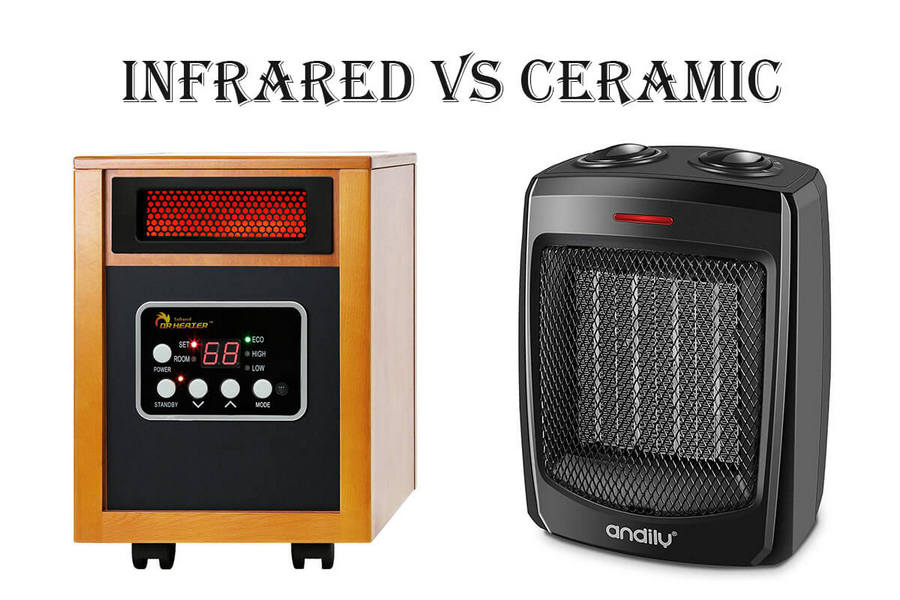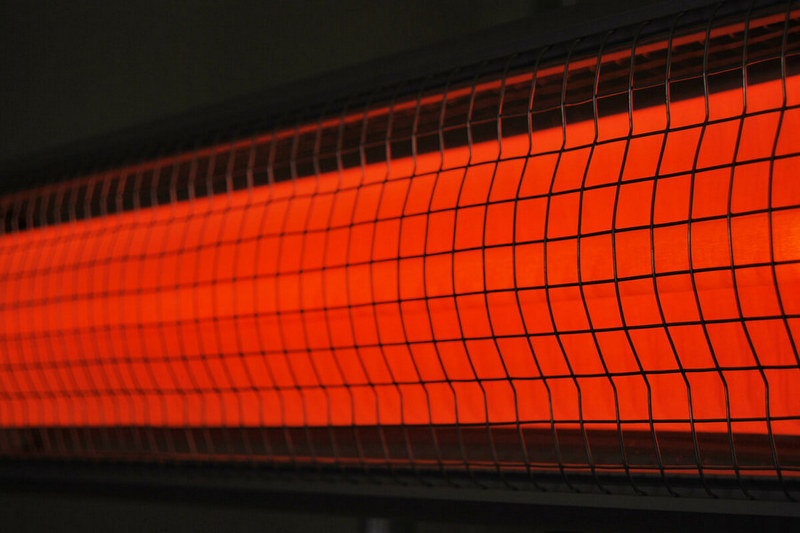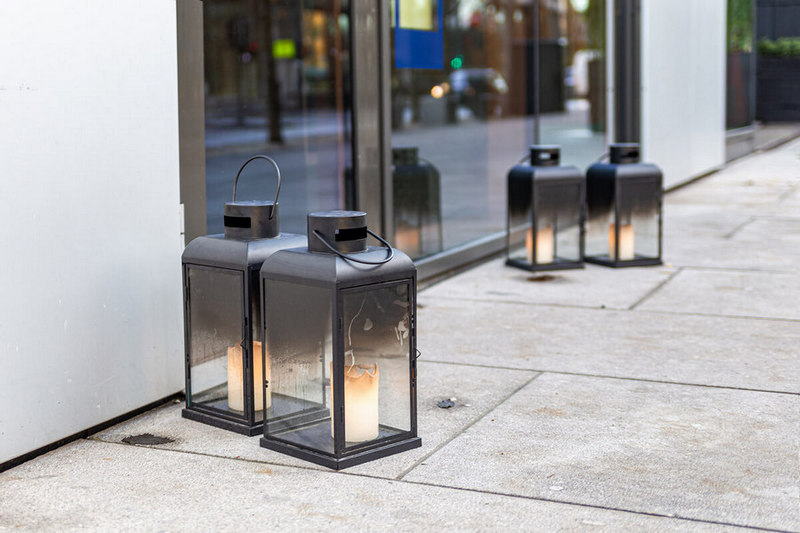Many homeowners notice their furnace leaking water during the summer as the air gets warm and humid problems with condensation removal start to surface. This can lead to serious consequences and shouldn’t be treated lightly. In this article, you will find out the reasons for furnace leaking and discover ways to fix them.
Is It A Problem If My Furnace Is Leaking Water?
A furnace, much like an air conditioning system, generates condensate in the process of its work. It is impossible to prevent, so this moisture is removed with a condensation pipe or pump.
These systems are designed in a way that water never goes where it shouldn’t. Dripping water can provoke major issues, like rust, corrosion, and short circuits. If at any time, you see a leak in your furnace, it’s a signal of condensation removal failure or other issues.
As soon as you spot water under your furnace, turn it off and try to establish a leak source. Ignoring it will cause much bigger troubles and more costly repairs. Maybe, you’ll even have to install a new heating unit.
How Dangerous Is a Leaky Furnace?
There are multiple reasons why a summertime water leak in a furnace can damage it and also is potentially dangerous. The next paragraphs apply to all leaking appliances in general.
First, excessive moisture will make metal components go rusty. As it wears out because of rust, it will turn less effective, making your electricity bill go up. In the end, it may break down completely.
Second, water doesn’t go well with electricity. If the leak finds its way to exposed wiring, causing a short, the furnace may get damaged beyond repair. In the worst case, sparks can make nearby objects catch on fire, which is a direct threat to both you and your house.
And at last, moisture can provoke the growth and spread of mold. Its spores can cause respiratory problems and illnesses, and the mold itself can be hard to get rid of. You might even need to move for a while to protect your health until it has been taken care of.
When a leak occurs, time is not on your side. Ignoring the problem and delaying repairs will only make things worse. If the issue is spotted early, and the repairs start right away, you might get lucky and have no damage done at all.
Read Also: Best Mold Detection Meters and Mold Test Kits
What Causes Water Leaks Around Your Furnace In Summer and How To Fix It
Like we said before, leaks are mostly caused by faulty condensation lines. There are multiple components whose malfunction can cause this:
- Condensation line
- Drip pan
- Condensate pump
- Evaporator coils
They are all part of a moist removing system and should be checked in case of leaks. You can find them in your specific furnace by looking for a shame in its manual. If you can’t find a printed one at home, it can be found online using the brand and model name.
Now, here is how you can fix a furnace leak caused by any of these elements. Before repairs, turn off the appliance and use protection.
Condensation Line
The water collected in the drip pan flows outside through this line. After some time, it may get clogged with algae or occasional rubbish. When this happens, the water can’t leave, and the pan overflows.
This problem is easily diagnosable by a full pan. To fix a clogged condensation line, you can try clearing it with small, long tools or blowing it with a pump. If it is blocked beyond repair, you can replace it instead.
Drip Pan
As mentioned before, this pan catches condensation occurring in the furnace and doesn’t let it go where it shouldn’t. Due to corrosion or physical damage, holes and fractures may appear in it. After that drip pan can’t hold water inside, it goes further down and finally onto the floor.
To get rid of this, patch the fractures with any waterproof material to your liking. Our suggestion is to sand down the area around the cracks and use waterproof sealing to fix them. And, of course, the most reliable option is getting a new pan.
Condensate Pump
In some models, water is removed by pumping it out. Small pumps take care of it when accumulated condensation reaches certain levels. If the reservoir for condensate is full, but the pump won’t start, it is a clear sign it broke down.
To fix it first, try a good old switch it on and off again. If it still won’t react, try cleaning it everywhere you can reach. If you’ve done everything you can and it still won’t start, bring a pump for repairs; otherwise, you can accidentally damage it.
Evaporator Coils
When a furnace is working in an AC mode, it cools the indoor air by running it through evaporator coils, which are very cold. But when they don’t get enough airflow, an ice crust will start forming on it. The furnace is running in on/off cycles, and when it’s off, the crust will melt and drip, getting into places it isn’t meant to be.
There are two possible reasons for insufficient airflow — a clogged filter or weak air intake caused by a bad fan. For the second one, you’ll need to call the repairs, while cleaning or replacing furnace filters is relatively easy. It is better to attend to air filters once a month since the clogged filter puts more pressure on the blower and is a home for germs.
Other Reasons
Consider that leak may not come from the furnace. Check nearby pipes to see if they are the source of moisture. If none of the above works for you, then you absolutely should call a professional.
Before you go, check out this post on the furnace flame rollout switch.

